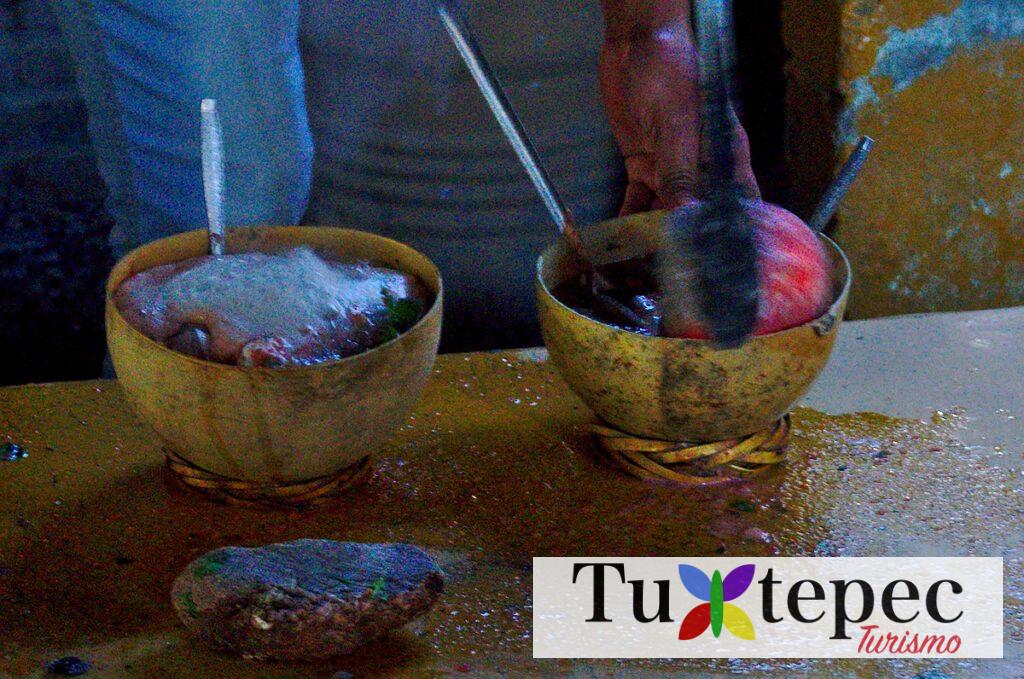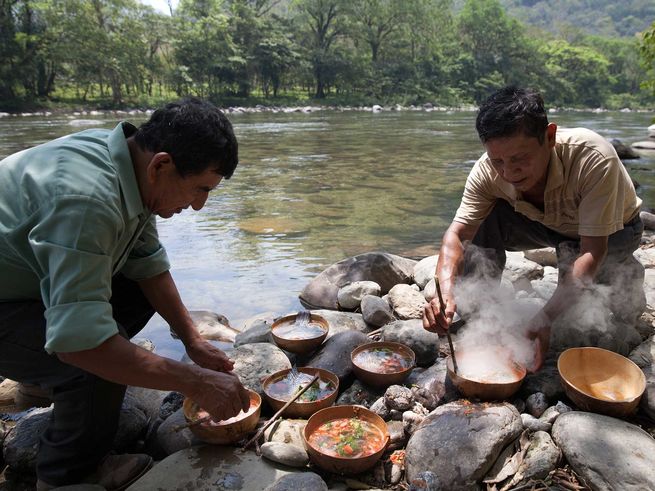There is a fairy tale that tells the story of some travelers who came to a village. The travelers were very hungry but they had nothing to eat. Then, they filled a pot they had with them with water, put some stones in it and set fire to cook a “Stone Soup”. Out of curiosity, the villagers, one by one, approached to ask what they were cooking. The travelers answered that a very good recipe, but that it needed more ingredients to improve the flavor. The villagers decided to cooperate with some ingredient with the condition of trying the famous recipe at the end. This is how at the end of the story, the whole village had cooperated with the ingredients to have a great dinner.
This fairy tale seems to take place in the Chinantec village of San Felipe Usila, a remote place in the heart of the Chinantla in the Sierra Norte de Oaxaca. In Usila there is a dish very similar to that of the fairy tale, where members of the communities or families cooperate to prepare a delicious Stone Soup (Caldo de Piedra in Spanish).

The Stone Soup originated hundreds of years ago on the banks of the rivers in the Chinantec communities. The men were in charge of gathering all the ingredients and preparing the Stone Soup. One group was responsible for fishing mojarras and shrimps, another to find the herbs, another to make a bonfire and the elders to choose the best stones of the river. The whole community gathered at the riverside to enjoy a delicious Stone Soup.
The ancient Chinantecs carved the large rocks on the banks of the rivers to use them as pots. It is said that they used diamonds to achieve it. There, they deposited all the ingredients. The stones were left in the fire for a couple of hours and once they reached the desired temperature, they were put in the stone pot where all the ingredients were awaiting. In just a few minutes all the ingredients are cooked and a delicious Stone Soup is ready. This way of cooking is still practiced, although many villagers have adopted other forms.
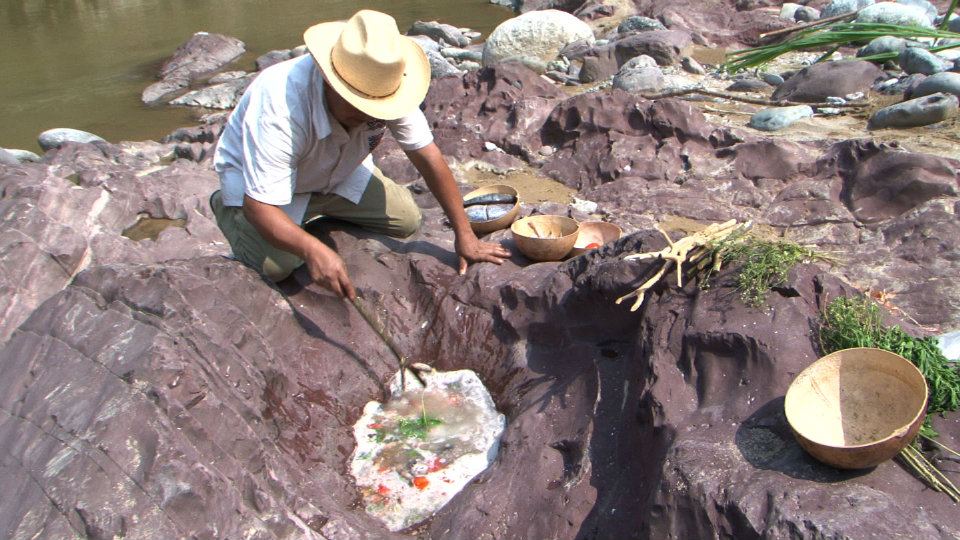

Another way used to cook the Stone Soup was to make a hole in the sand at the edge of the river. They put pozol leaves (similar to the banana leaf) to seal the hole. The cooking process remained the same, although of course the taste changed a little.
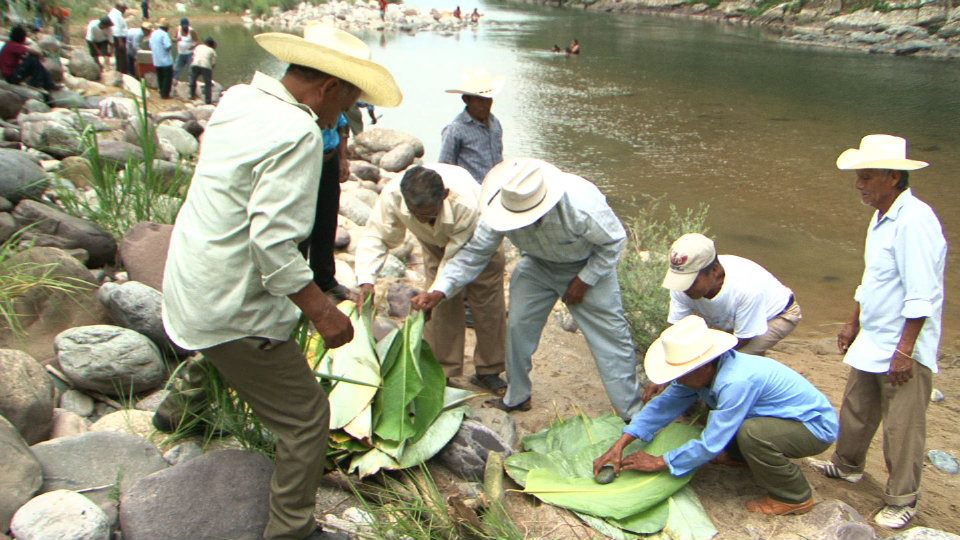

Today, the ingredients are deposited in jícaras. The jícara functions as a bowl to contain the Stone Soup. The cooking process remains the same, red hot stones are introduced into the jícara to cook all the ingredients.
In all cases, the preparation of the Stone Soup takes place at the edge of the river. The stones can only be used once because the thermal shock they suffer when they touch the fresh ingredients break them down.
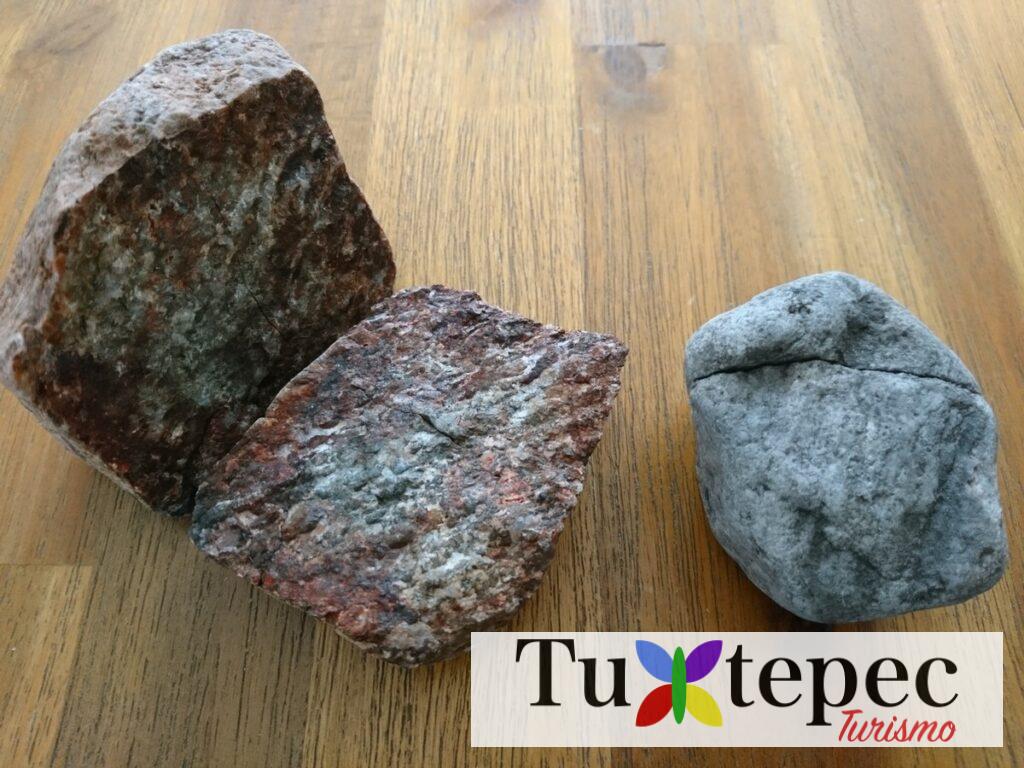

The Stone Soup has a great tradition. This tradition has evolved and today, women can also participate in the preparation of the Stone Soup. Each family has its own recipe and it is still celebrated within families or with the community along the river banks in Usila.
Where to Eat the Stone Soup
An option to eat the Stone Soup is visiting San Felipe Usila in the Cuenca del Papaloapan region. Usila is located in a valley surrounded by mountains, nature and rivers. The road to get there is not easy and it would be best to start your trip from the city of Tuxtepec. Tuxtepec is the second largest city in Oaxaca and there you will find many things to do before embarking on your trip to Usila. The trip from Tuxtepec to Usila is around 3 hours by car.
If you are in the city of Oaxaca, you can also enjoy this famous Stone Soup. The Restaurante Prehispánico Caldo de Piedra is located at Km 11.9 of the 190 federal highway in the direction of Santa María del Tule. This restaurant is managed by people from San Felipe Usila. To give it a touch of authenticity, fish, shrimp and stones are brought directly from San Felipe Usila.
